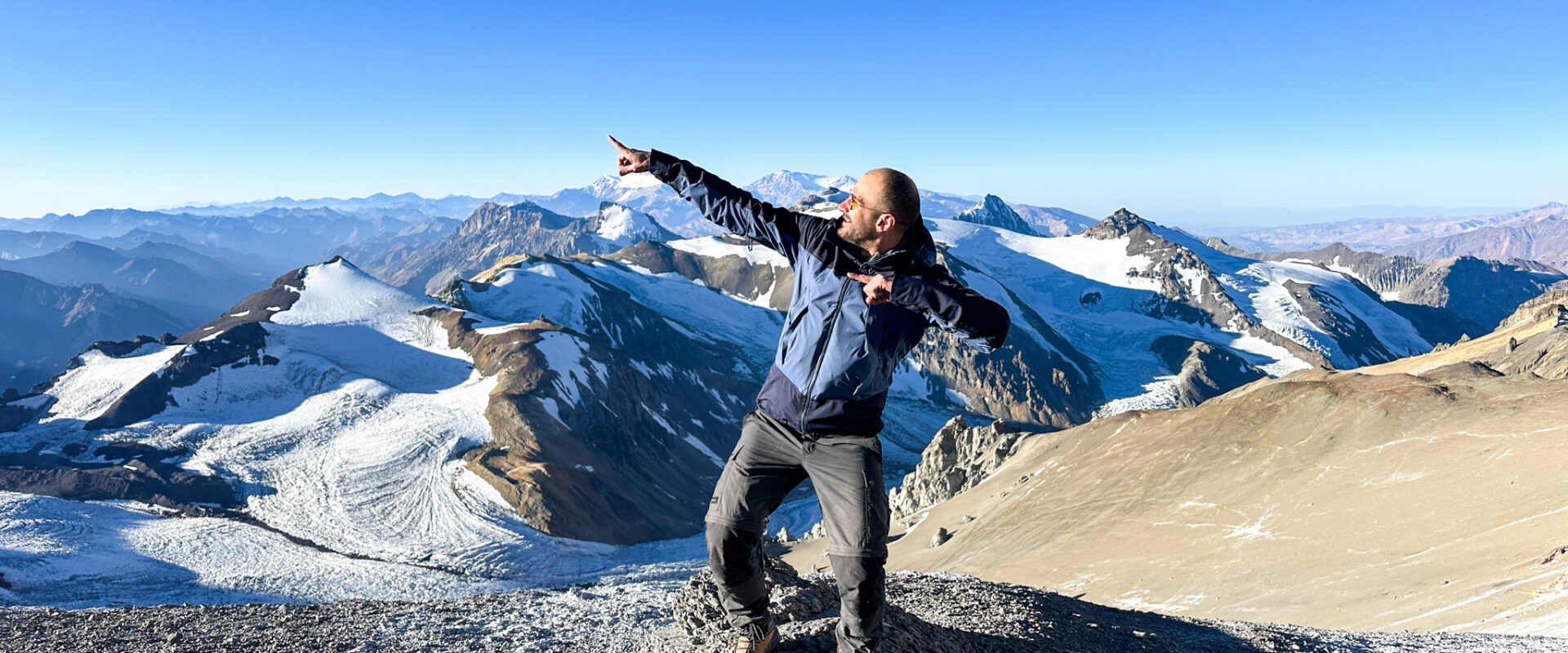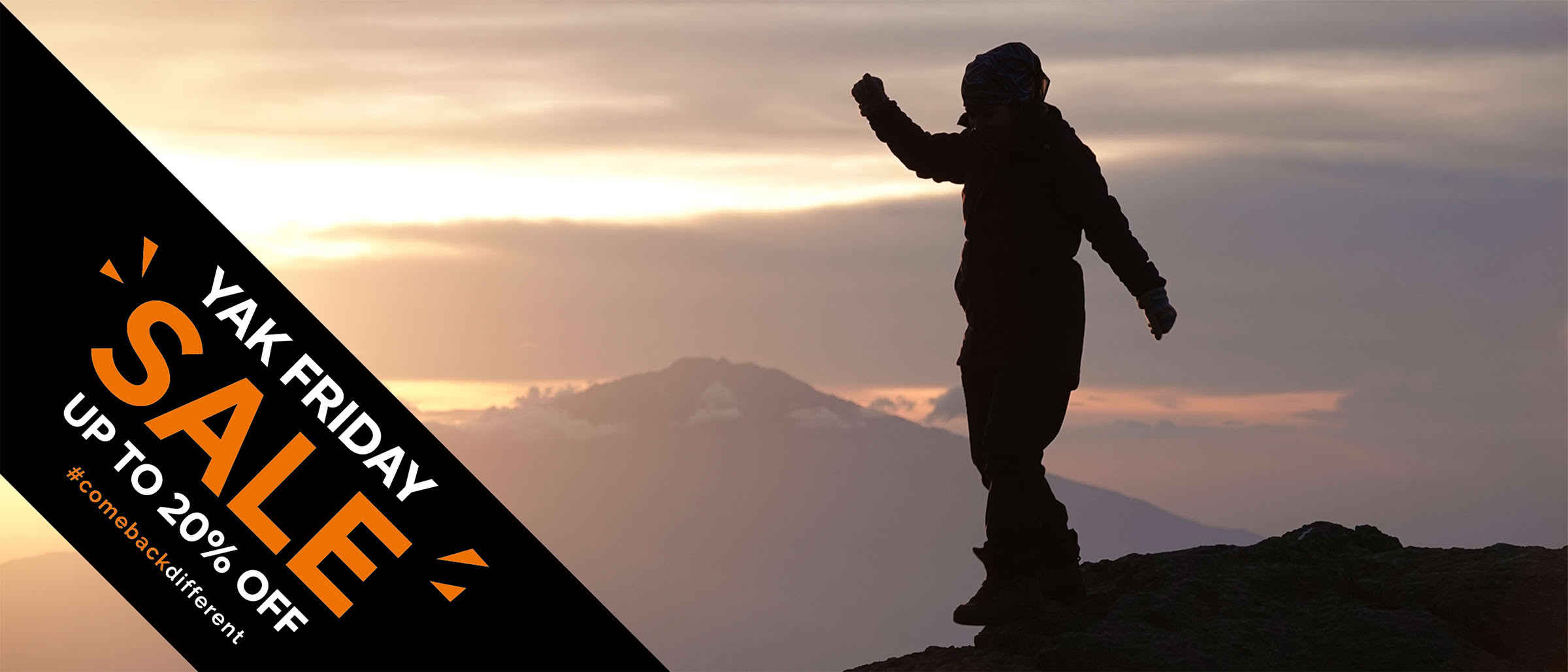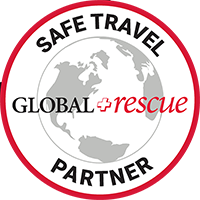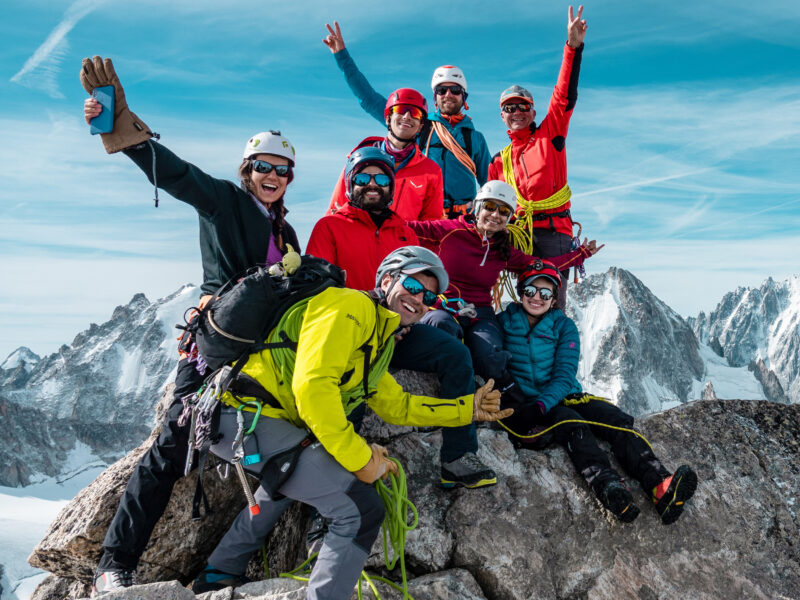BY Rami Rasamny | August 03 2025
Do You Need Any Previous Experience to Climb Aconcagua?

If you’re considering taking on Aconcagua, the highest mountain in the Americas at 6,961 meters, you might be wondering if you need previous mountaineering experience. The short answer is no — not necessarily. But the full picture is worth exploring.
Climbing Aconcagua via the Normal Route does not require advanced technical skills. There’s no need for ropes, harnesses, or climbing on ice. It’s primarily a high-altitude trek, and for that reason, many people assume it’s beginner-friendly. But altitude has a way of humbling even the fittest adventurers. So while you don’t need mountaineering experience, some background in trekking at altitude will make a world of difference.
The Normal Route: Physically Demanding but Non-Technical
On the Normal Route, you’ll be hiking on well-established trails all the way to the summit. There are no exposed ridgelines, no glacier crossings, and no vertical rock faces. What makes Aconcagua challenging is not its technicality but its altitude and the sheer physical effort required over the course of nearly three weeks. The summit push alone can involve 12 to 15 hours of movement at extreme elevation.
Why Previous High-Altitude Trekking Experience Helps
You don’t need to be an expert, but having experience at altitude helps your body and mind adjust more confidently. Treks like Kilimanjaro or even multi-day adventures in the Himalayas or Andes give you a first-hand feel for how your body responds above 4,000 meters. These experiences are shorter, more accessible, and less logistically demanding — but they provide invaluable insights.
Knowing how to hydrate properly, manage energy output, and recognize the early signs of altitude sickness gives you a better chance at enjoying the Aconcagua expedition rather than simply enduring it. Having already pushed through a summit night on Kilimanjaro or navigated the thinner air of the Annapurna Base Camp Trek builds both your confidence and your ability to adapt.
Mental Preparation is Just as Important
Altitude affects everyone differently, and mental resilience is often the deciding factor. If you’ve already tackled a big trek where things didn’t go to plan — bad weather, stomach issues, or a tough summit day — then you’ve already trained one of the most important muscles for Aconcagua: your mindset.
At Life Happens Outdoors, we’ve seen time and again that the most successful climbers are not always the strongest or the fastest. They’re the ones who are mentally prepared for the pace, the setbacks, and the altitude. If Aconcagua is your first big mountain, we’ll be there every step of the way to help you learn as you go. But if you’ve already tested yourself at altitude, you’re coming in with a solid advantage.
So What Kind of Experience Do You Need?
- You should be comfortable hiking with a backpack for multiple hours at a time
- You should have a solid base of cardiovascular fitness
- You should be willing to learn, adapt, and follow guidance from expert guides
- Ideally, you’ll have trekked at altitude before — but it’s not a must
Final Word
Climbing Aconcagua is not reserved for elite mountaineers. It’s open to anyone with the right mindset, the physical preparation, and the willingness to take it one day at a time. Prior trekking experience at altitude isn’t required, but it will absolutely help you make the most of the expedition. And once you’re standing at nearly 7,000 meters looking out over the Andes, you’ll be glad you said yes to the challenge.
About The Author
Rami Rasamny is the founder of Life Happens Outdoors, a premium adventure travel community dedicated to transforming lives through curated outdoor experiences. A mountaineer and entrepreneur, Rami has led teams on some of the world’s most challenging peaks, from the Alps to the Himalayas. His mission is to make adventure accessible, transformative, and safe for all who seek to push their limits and Come Back Different.
About Life Happens Outdoors
At Life Happens Outdoors, we believe in the power of nature to transform lives. As proud members of the Adventure Travel Trade Association (ATTA) and the World Travel & Tourism Council (WTTC), our team of certified guides and outdoor professionals is committed to the highest standards of safety, sustainability, and excellence.
Discover more about our story and mission on our Meet LHO page, or explore our curated adventures such as the Tour du Mont Blanc Trek, the Climb of Kilimanjaro, and Chasing the Northern Lights.















